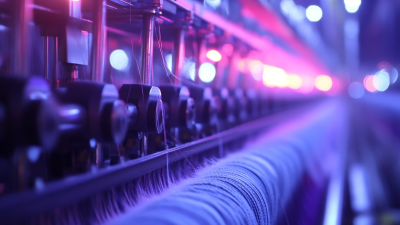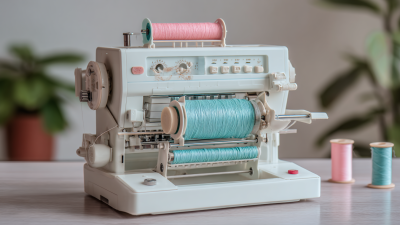Leave Your Message
The global textile industry is immense, generating over 92 million tons of waste annually, with a significant portion ending up in landfills. In light of this alarming statistic, the role of the Textile Recycling Machine has become paramount in transforming waste into wealth. As sustainability becomes a priority for consumers and businesses alike, innovations in textile recycling technology are paving the way for a circular economy. According to a report by the Global Fashion Agenda, the fashion industry must increase its recycling rate to 30% by 2030 to mitigate environmental impacts and optimize resource use. This blog explores the five best textile recycling machines that are revolutionizing the waste management process, enabling companies to turn discarded fabrics into valuable raw materials, thus playing a critical role in shaping a greener future.
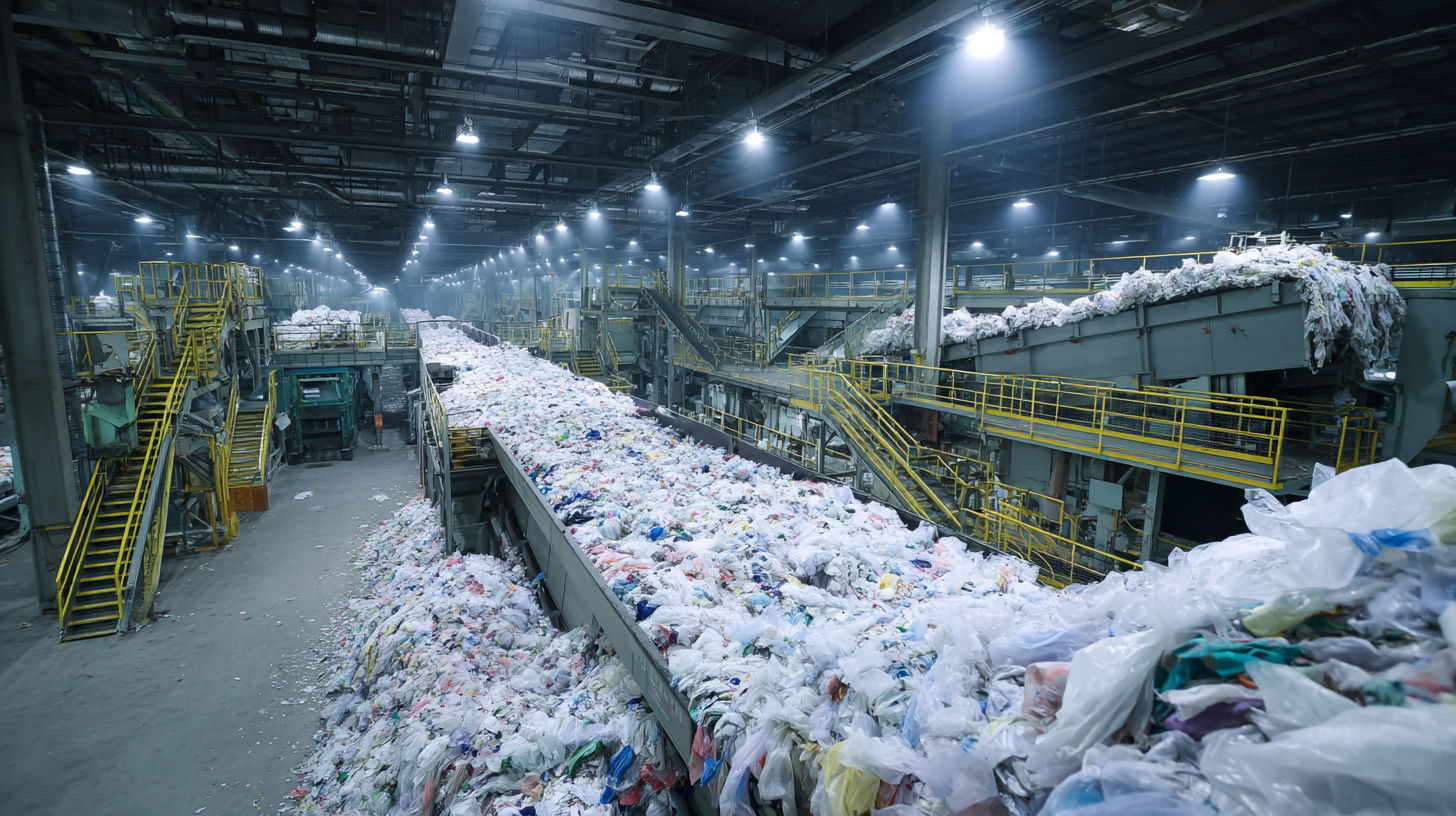
The textile industry is notorious for its significant environmental impact, contributing to an estimated 92 million tons of waste each year, as reported by the Ellen MacArthur Foundation. This alarming figure highlights the pressing need for innovative waste management solutions, particularly in textile recycling. Textile recycling machines are at the forefront of this revolution, transforming discarded garments into valuable resources and reducing the strain on landfills.
By efficiently processing materials like cotton, polyester, and wool, these machines not only recover fibers but also help in the production of new fabrics. A report by McKinsey & Company indicates that recycling textiles could potentially reduce greenhouse gas emissions by up to 30%, underscoring the environmental benefits of these technologies. As businesses and municipalities adopt advanced textile recycling machines, the circular economy becomes more viable, turning waste into wealth and promoting sustainable practices within the fashion industry.
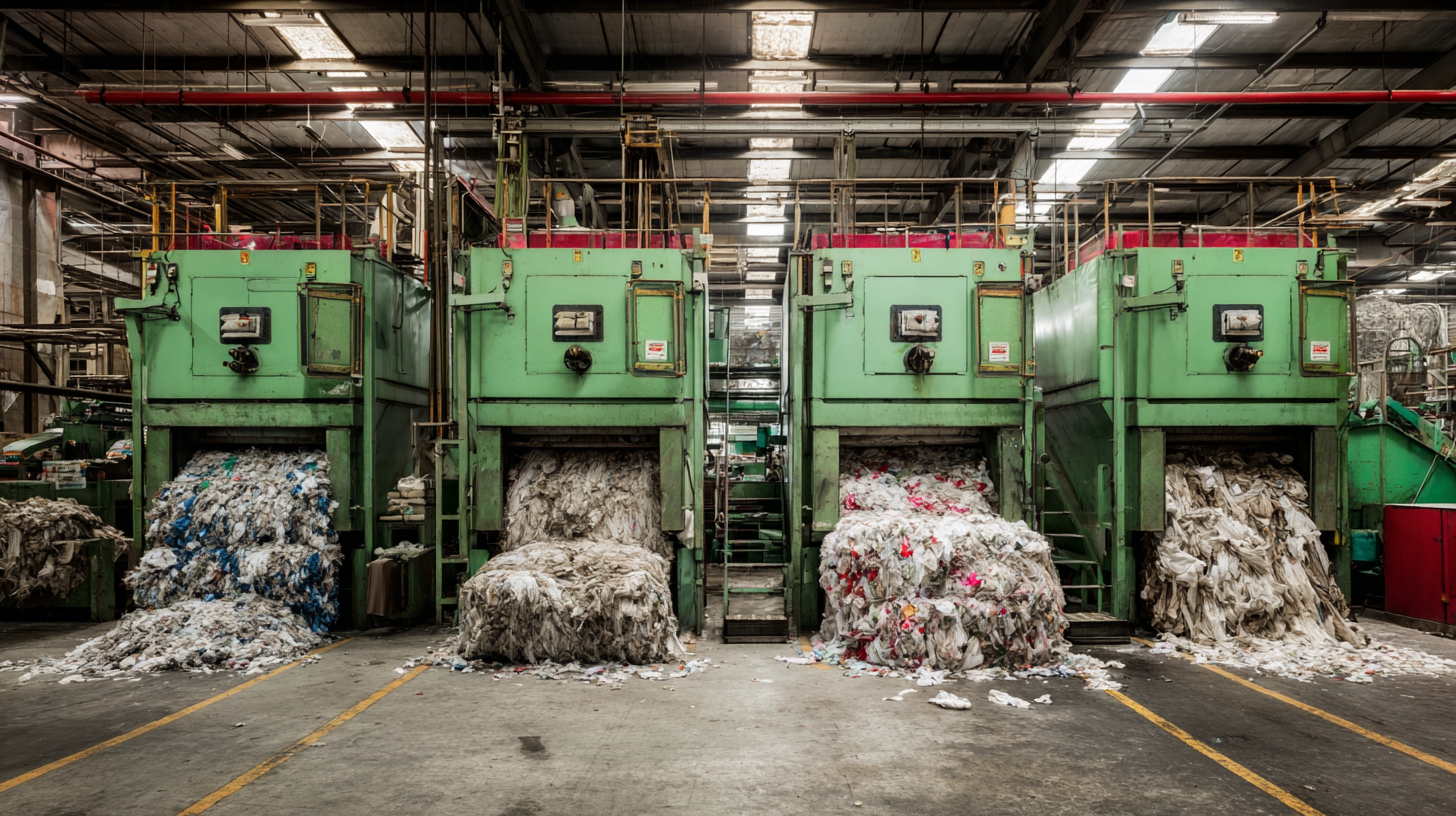
When investing in textile recycling equipment, several critical features can significantly enhance the efficiency and productivity of operations. Firstly, the ability to handle diverse fabric types is essential. According to the Textile Recycling Association, approximately 92 million tons of textile waste is generated globally each year, with a significant portion coming from mixed fabrics that are challenging to recycle. Machines that can accommodate various materials, including cotton, polyester, and blends, create a more versatile recycling operation and reduce waste sent to landfills.
Another vital feature is automation capabilities. A report from Research and Markets indicates that the global textile recycling market is expected to reach $5 billion by 2027, driven by technological advancements in the recycling process. Automated textile recycling machines can sort, shred, and process materials more efficiently, minimizing manual labor and enhancing production speeds. Additionally, machines equipped with advanced data analytics can provide real-time insights into performance metrics, enabling operators to optimize processes and reduce operational costs.
Investing in durable and energy-efficient machines also plays a critical role in sustainability. According to the Ellen MacArthur Foundation, the fashion industry alone is responsible for 10% of global carbon emissions. Equipment that utilizes energy-efficient technologies not only decreases operational costs but also aligns with environmental goals, supporting the transition towards a circular economy in textiles. Emphasizing such features will undoubtedly revolutionize textile recycling practices, transforming waste into wealth sustainably and effectively.
The environmental impact of textile recycling machines is profound, as they play a crucial role in reducing waste generated by the fashion industry. With millions of tons of textile waste ending up in landfills every year, these innovative machines help to divert much of this waste by breaking down discarded fabrics and repurposing them into new materials. This process not only lessens the volume of waste but also conserves valuable resources, minimizing the need for virgin materials and reducing the overall carbon footprint associated with textile production.
Furthermore, the adoption of textile recycling technologies supports a circular economy by promoting sustainable practices within the fashion industry. These machines enable brands to reclaim materials from old clothing, transforming what was once considered waste into new, usable products. As more companies leverage these advanced recycling solutions, they contribute to a significant reduction in environmental harm, fostering a culture of sustainability that benefits both the planet and communities. By investing in and embracing textile recycling machines, we can take decisive steps toward a more responsible and eco-friendly future.
The textile industry is one of the largest contributors to environmental degradation, but innovative technologies in textile recycling are paving the way for a more sustainable future. By transforming waste fabrics into new materials, these advancements not only mitigate the impact of discarded textiles but also open up new avenues for economic growth. Machines designed for sorting, shredding, and processing textile waste are becoming more sophisticated, enabling efficient recovery of fibers that can be reused in the manufacturing of new clothing and products.
One notable innovation in this space is the development of automated textile sorting systems. Utilizing artificial intelligence and machine learning, these machines can categorize fabrics by fiber type, color, and condition, significantly improving the efficiency of recycling operations. This technology not only enhances the quality of the recycled material but also minimizes contamination, thereby increasing the potential for new market opportunities. As the textile recycling landscape continues to evolve, such advancements are crucial for fostering a circular economy that benefits both the environment and the industry.
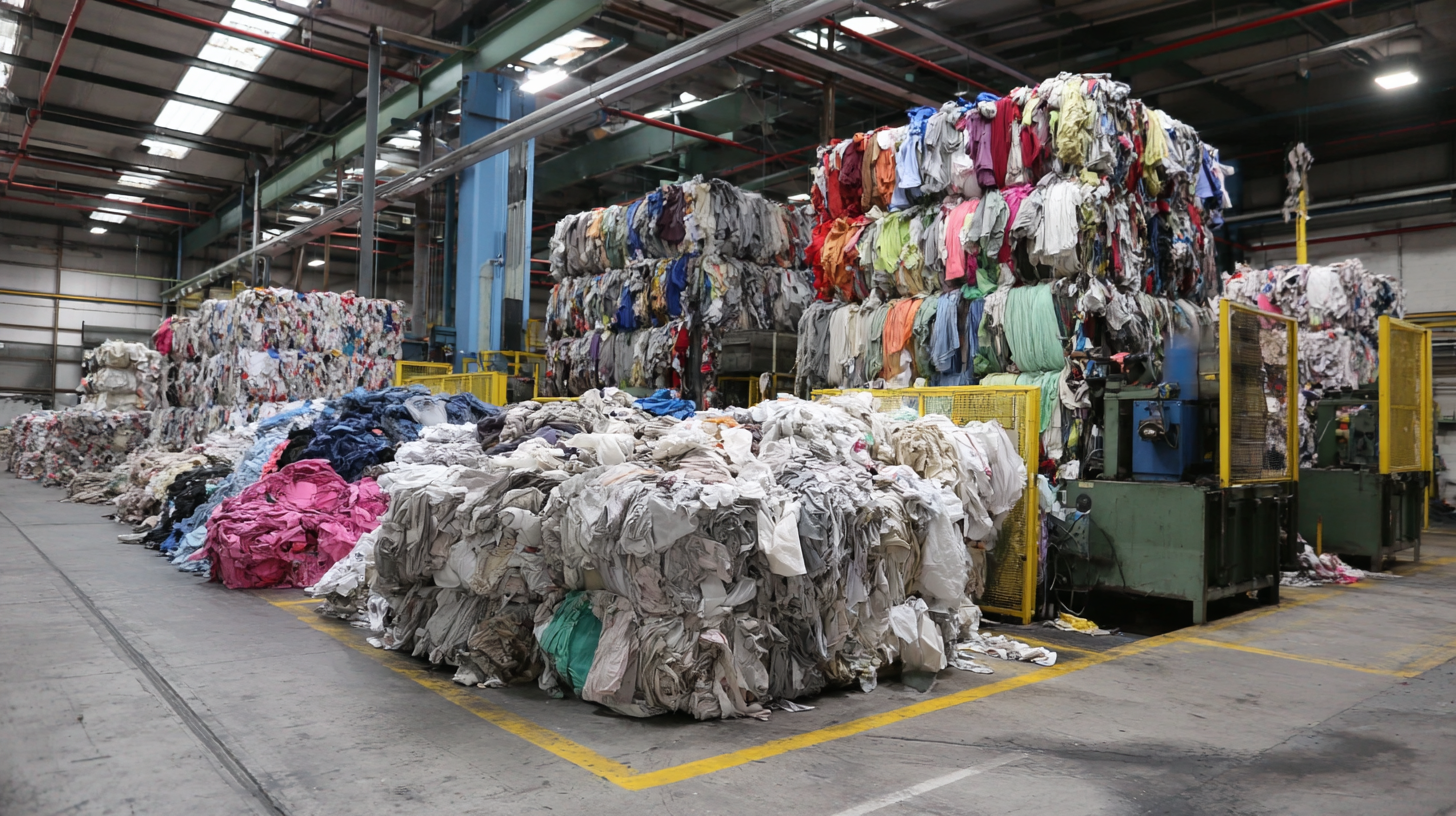
When selecting the right textile recycling machine for your business, there are several critical factors to consider. According to the Textile Recycling Association, the global textile recycling market is projected to reach $5 billion by 2025, growing at a CAGR of 21.6%. With such significant growth, businesses must be strategic in their equipment choices to maximize efficiency and profitability. Focus on the machine’s processing capacity, as higher capacity models can handle greater volumes of waste, thus increasing productivity. For instance, machines capable of processing above 1,000 kilograms of textile waste per hour can significantly reduce operational downtime.
Additionally, energy efficiency is paramount; machines that consume less power can result in substantial cost savings. The International Journal of Environmental Research and Public Health reports that energy-efficient machines can reduce operational costs by up to 30%. It's equally important to consider the machine's versatility, as the ability to process various types of fabric increases its utility. Look for models that can handle mixed textiles, as this flexibility will allow your business to adapt to changing input materials and market demands, ultimately driving profitability in the evolving landscape of textile recycling.
This chart displays the estimated recycling capacity (in tons per year) of different types of textile recycling machines, showcasing how they help transform waste into wealth.



